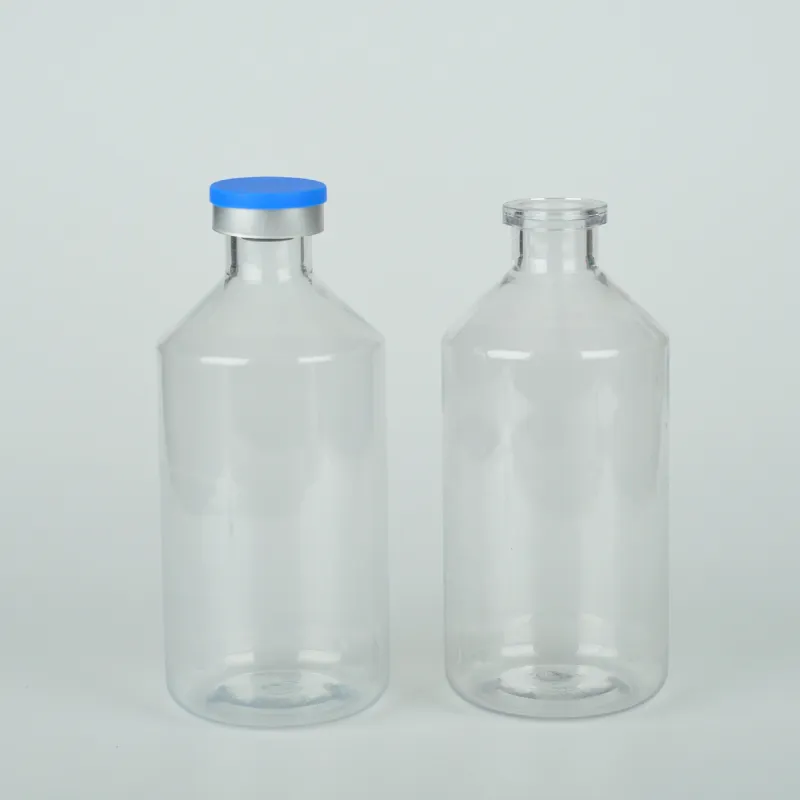juice bottle container
The Evolution and Impact of Juice Bottle Containers
In the world of beverage packaging, juice bottle containers play a crucial role not just in preserving the freshness and flavors of the juice but also in influencing consumer choices and sustainability efforts. Over the years, the design and material of juice bottles have evolved significantly, reflecting changes in technology, consumer preferences, and environmental considerations.
Historically, juice was stored in glass bottles, which provided an effective barrier against oxygen and light, both of which can degrade juice quality. Glass is inert, meaning it does not react with the beverage inside, thus preserving the taste and nutritional value of fresh juices. However, glass is heavy and fragile, which poses a challenge in transportation and increases the risk of breakage. As juice consumption surged in the latter half of the 20th century, manufacturers began exploring alternative materials to meet growing demand.
The introduction of plastic bottles marked a significant turning point in the beverage industry. Lightweight, shatter-resistant, and cost-effective, plastic quickly became the material of choice for juice bottle containers. The most commonly used plastics in juice packaging include polyethylene terephthalate (PET) and high-density polyethylene (HDPE). These materials not only reduce transportation costs but also offer convenience for consumers, as they are easy to carry and reseal. However, the rise of plastic also brought about environmental concerns, particularly regarding plastic waste and pollution.
As awareness of environmental issues surged in the 21st century, the beverage industry began to reassess its packaging practices. Many companies started to prioritize sustainability by developing eco-friendly bottle options. One notable innovation was the introduction of biodegradable and compostable materials. These alternatives aim to reduce the environmental footprint of juice packaging, fostering a transition towards a circular economy.
juice bottle container

Additionally, many juice brands are now adopting strategies to incorporate recycled materials into their packaging. For example, bottles made from recycled PET (rPET) reduce the need for virgin plastics, lowering energy consumption and greenhouse gas emissions associated with production. This practice not only supports sustainable sourcing but also resonates with environmentally conscious consumers, driving brand loyalty and increasing market share.
Furthermore, the design of juice bottle containers has also evolved, with many manufacturers focusing on aesthetics and functionality. Sleek, contemporary designs with vibrant colors attract attention on supermarket shelves, while features such as easy-pour spouts or integrated cups enhance user experience. Labels showcasing organic ingredients, nutritional information, and environmental certifications further help consumers make informed choices, bridging the gap between aesthetics and sustainability.
The role of technology in juice bottle container design cannot be overlooked. Advances in production techniques, such as blow molding and injection molding, have made it possible to create bottles that are not only lighter and more durable but also capable of preserving juice quality for extended periods. Innovations such as vacuum-sealed packaging and multi-layer structures extend shelf life while minimizing preservatives, catering to the growing demand for healthier beverage options.
In conclusion, juice bottle containers have undergone remarkable transformations, influenced by technological advancements, consumer demands, and environmental challenges. From traditional glass to modern sustainable practices, the evolution of these containers reflects the dynamic nature of the beverage industry. As we move forward, it is imperative that manufacturers continue to innovate and prioritize sustainability in their packaging solutions, contributing to both the well-being of consumers and the planet. Ultimately, the future of juice bottle containers lies in the balance between convenience, quality, and environmental responsibility.
-
Aesthetic Makeup Spray Bottles | Fine Mist Empty RefillableNewsAug.19,2025
-
White Plastic Veterinary Vaccine Vials | Lab Liquid BottlesNewsAug.18,2025
-
Plastic Medicine Liquid Bottle: Secure Flip Top Drug VialsNewsAug.17,2025
-
Durable 250ml Blue Plastic Vaccine Vial for Lab & Vet UseNewsAug.16,2025
-
Sterile Virus Sample Tubes: Secure & Reliable Specimen CollectionNewsAug.15,2025
-
White 250ml Plastic Vaccine Vial for Lab & Vet MedicineNewsAug.14,2025
























